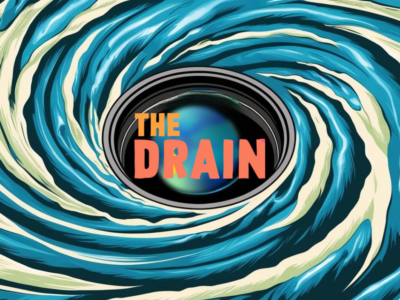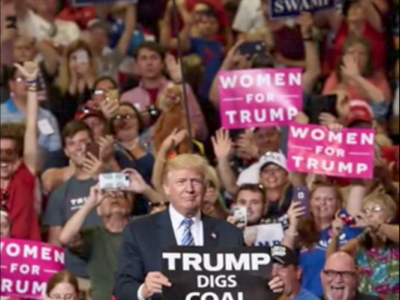Why did EPA tackle interstate air pollution?
In my last post, I noted that one reason for the recent GOP backlash against the EPA has been the Bush and Obama Administrations’ surprising efforts to tackle a politically difficult subject: interstate air pollution. One question is why an environmental problem that for many years was a political loser finally got the attention it deserved from regulators, and why White House staffers (from very different political persuasions) allowed EPA to take on such a politically fraught issue. I’m not aware of any significant analysis of the question, so for now I’ll just have to speculate about two possible causes: the rise of sophisticated computer modeling and the rise of economists as significant players in environmental law.
First, models: Interstate air pollution necessarily involves pollutants that travel long distances, sometimes over extended periods of time. That means that it can be quite difficult to demonstrate which upwind sources contributed to the air pollution problem in downwind states. Difficulty showing causation not only makes it difficult for downwind states to win lawsuits over pollution. It also makes it difficult for regulators to impose stricter standards on particular upwind sources. The harder it is to show that a particular source contributed to a particular downwind problem, the more likely it is that a court might overturn an agency’s regulatory decision for a lack of evidence, and the more difficult it is to make the political argument that regulation is really necessary when regulated sources turn to the legislature for redress. With limited computing power in the 1980s, it was much harder for regulators to perform the kinds of sophisticated analyses that might link upwind sources and downwind effects. The uncertainty in agency analyses was much larger, and much more obvious, and that made the legal and political case for the agency that much harder.
The massive improvement in computing power over the past two decades has allowed agencies to use much more complicated models. These models have helped reduce the difficulties of showing causation by providing for sophisticated analyses that can help pinpoint which particular sources are most likely to contribute to downwind pollution problems. Models can provide specific predictions that can be especially persuasive because of their (sometimes misleadingly) precise numeric outputs or maps showing plumes of pollution traveling downwind. Courts often defer heavily to agency use of models in this context, for instance. An agency armed with sophisticated models can make a much more effective legal and political case that its regulatory focus on particular emissions sources is justified.
Second, economists: In the past thirty years, economics has become an important (sometimes even dominant) force in environmental law and policy. There are costs and benefits to this shift, but one of the benefits is that, when economists support environmental regulation, their support is politically effective. Environmental economics provided a powerful framework in which the costs of environmental regulation (in terms of reduced economic productivity or income) could be weighed against the benefits of environmental regulation (in terms of lives saved, reduced disease, or reduced harm to natural systems). Like models, the results can be (sometime misleadlingly) precise numeric estimates of net costs and benefits that are often very effective in policy debates, precisely because they provide a number that purports to assess whether a particular policy option is socially beneficial or not.
Moreover, economists are not (generally) noted for being treehuggers. So when economists got heavily involved in environmental law and policy, there was a fair amount of backlash (and still is sometimes). But that reputation does mean that when economists assert that environmental regulation is probably socially beneficial, that assertion is fairly powerful politically. And that might well be what occurred in the context of interstate air pollution, as the Bush-era head of regulatory review in the White House (John Graham, definitely not a treehugger) pushed for stricter interstate air pollution regulation [subs. req.]. If even conservative economists think regulation is appropriate, and if they can provide sophisticated cost-benefit analyses that provide numbers to support that assessment, it can do a whole lot for the political support for a regulatory effort. If economists support regulation, then resistance to regulation is much more likely to be seen as simply the result of groups or stakeholders who want to protect their interests.
Of course, neither models nor economists are magic bullets. Both generally support significant action to address climate change, and we’re still waiting for that to happen… But it might well have made a difference for interstate air pollution, a problem that languished for decades waiting for an adequate response.







Reader Comments